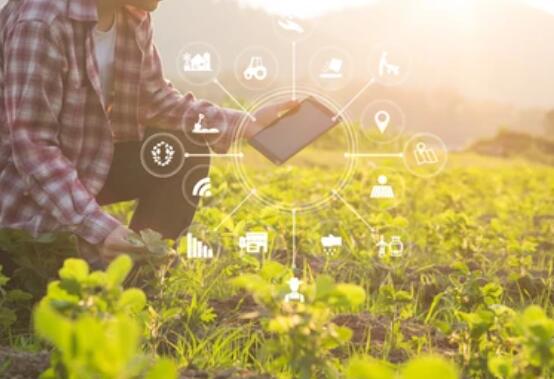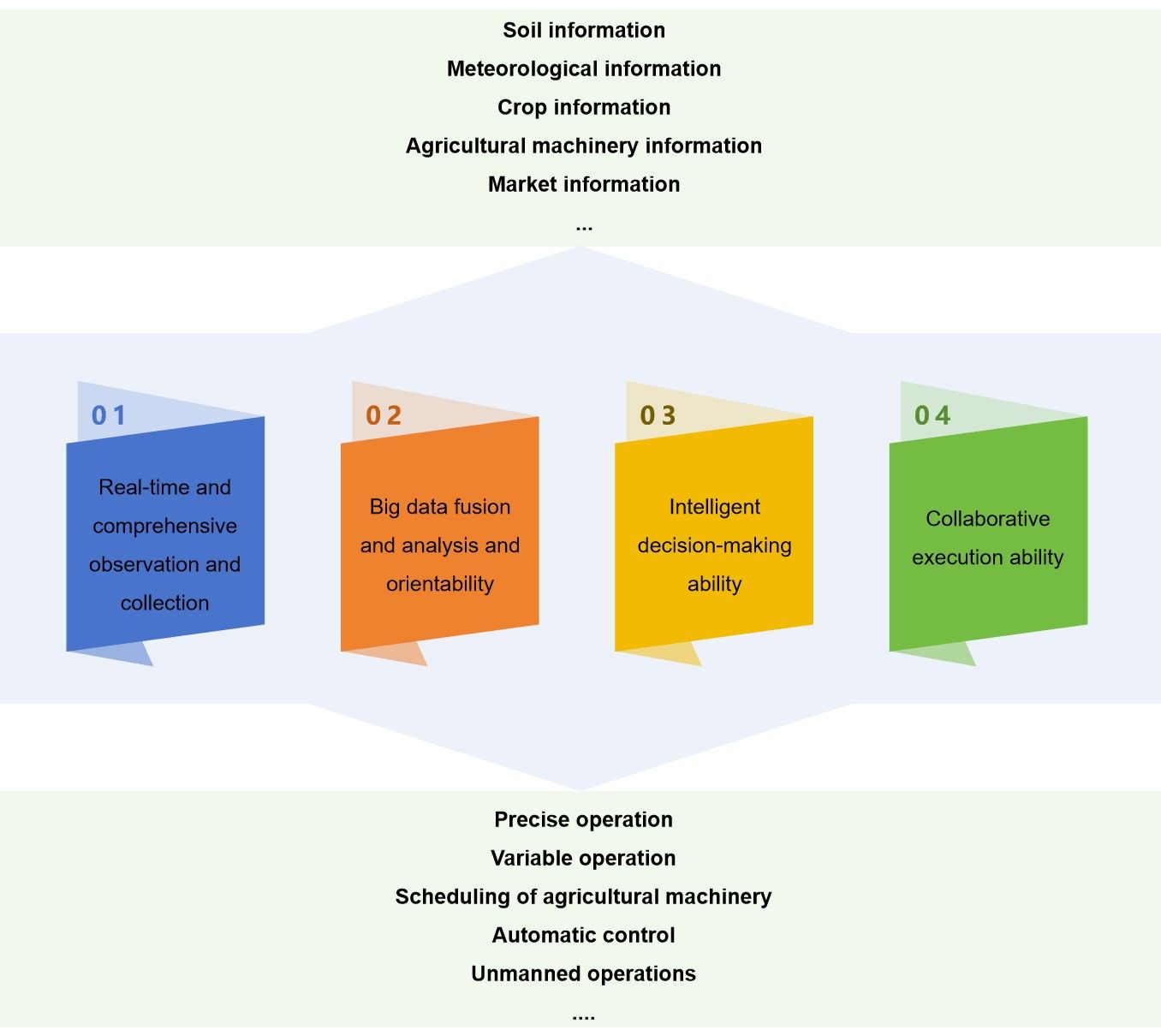Development of Agricultural Information Collector
Agricultural management information systems (MIS) play a role in managing materials for agricultural production, among other things. The OODA (observation-orient-decision-execution) cycle model is consistent with the dynamic interaction of information between actuators and sensors in concert with the environment in which they are located in application scenarios where most systems operate dynamically.

The Lifeasible application system "observes" the target object through sensors and collects relevant information. According to the application requirements, it "orients" the goals and principles of the subsequent decision processing and, at the same time, prepares the data set required for decision-making, preprocesses the collected data, and carries out preliminary analyses. The data is comprehensively analyzed, a "decision" is made according to the goals and principles of the application decision processing, and an optimal control strategy is proposed. The actuator (also known as a reactor) interacts with the physical system or environment, receives signals, converts them into physical behavior, and ultimately changes the state of the system by "executing" the optimal control strategy and changing the state of the target object. After the system state is changed, the system observes the relevant parameters in the new state through sensors using a feedback mechanism and repeats the dynamic cycle of OODA.
 Figure 1. Logical framework of agricultural information collector.
Figure 1. Logical framework of agricultural information collector.
Functions and application scenarios of the agricultural information collector
- Plant lifeform sensing. We obtain the average temperature of the canopy area in real-time with a non-contact, low-cost crop canopy temperature sensor using thermal infrared technology. Leaf surface temperature, humidity, and characteristic information such as plant stem flow and fruit expansion can be obtained using contact sensors.
- Facility agriculture environment sensing. For the facility agriculture environment, crops, products, and other control objects, we provide sensors to measure temperature, humidity, light, CO2, dew point, and other information for facility agriculture environment monitoring and management to provide a data base.
- Field crop environment sensing. For the field crop environment, we provide a monitoring system with remote field environment and image information, and at the same time, integrate high-definition images and two-way voice intercom to achieve the field crop growth environment polymorphic information measurement.
- Moisture sensing. Aiming at the high total amount of agricultural water consumption and the low utilization rate of irrigation water, we provide capacitive soil moisture sensors, integrated soil moisture and temperature sensors, and multi-profile soil moisture monitoring equipment to realize the monitoring of agricultural moisture and provide data support for the construction of water-saving agriculture.
- Resource environment sensing. We use a multi-remote sensor integrated data acquisition system, integrated observation head, unified data interface, and POS information synchronization, which can be used for agricultural environmental resources monitoring, and management data acquisition.
Lifeasible takes information as a factor of agricultural production and uses modern information technology to visually express, digitally design, and informatively manage the whole process of agricultural objects, environment, and farming. Please feel free to contact us to submit your requirements.
For research or industrial raw materials, not for personal medical use!

 Figure 1. Logical framework of agricultural information collector.
Figure 1. Logical framework of agricultural information collector.